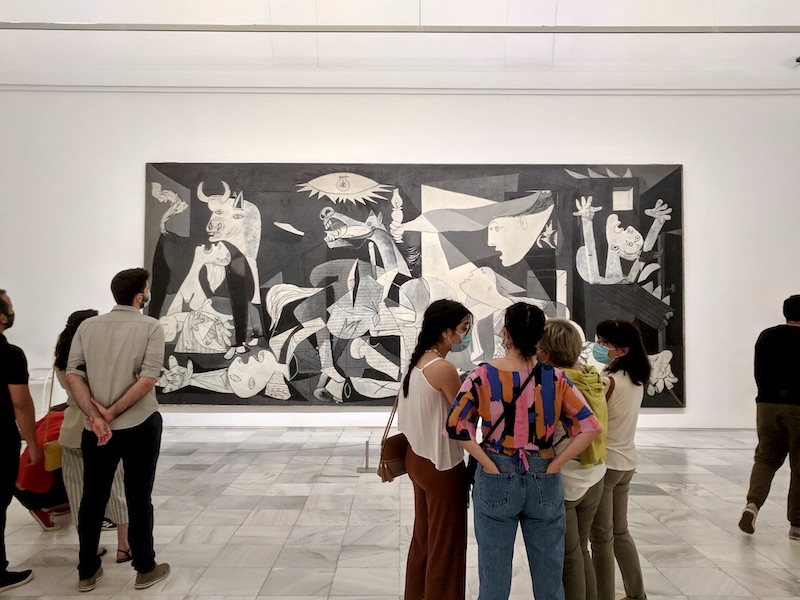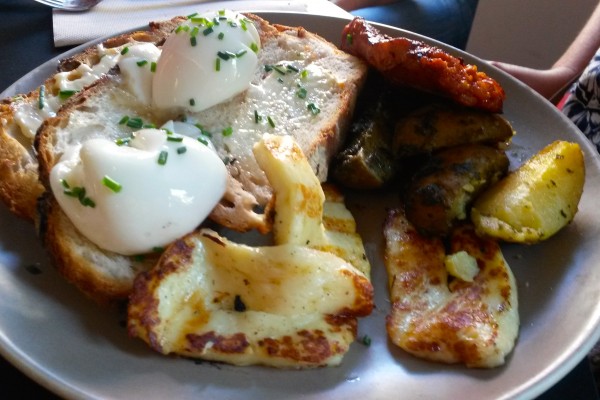Your relationship with the art definitely changes. There’s less art and more space, so you’re able to take a few extra minutes in front of each painting.
Madrid’s museums are finally open and the city feels alive again! The Thyssen, Reina Sofía and Prado—known as the “Golden Triangle of Art”—closed mid-March and reopened on June 6th, with the caveat of accepting only 30% of their regular capacities.
New safety measures have been put in place. Guided tours, group visits and audio guides are unavailable and several exhibits remain closed. Due to the limited availability, finding tickets is also difficult, especially during the free hours. But despite the drawbacks, the experience is actually better in certain ways.
I recently visited the Reina Sofía museum, while my friend Covadonga Romero, who is the President of IE University’s Arts & Business Club, was able to visit the Prado. Here’s what our experiences were like.
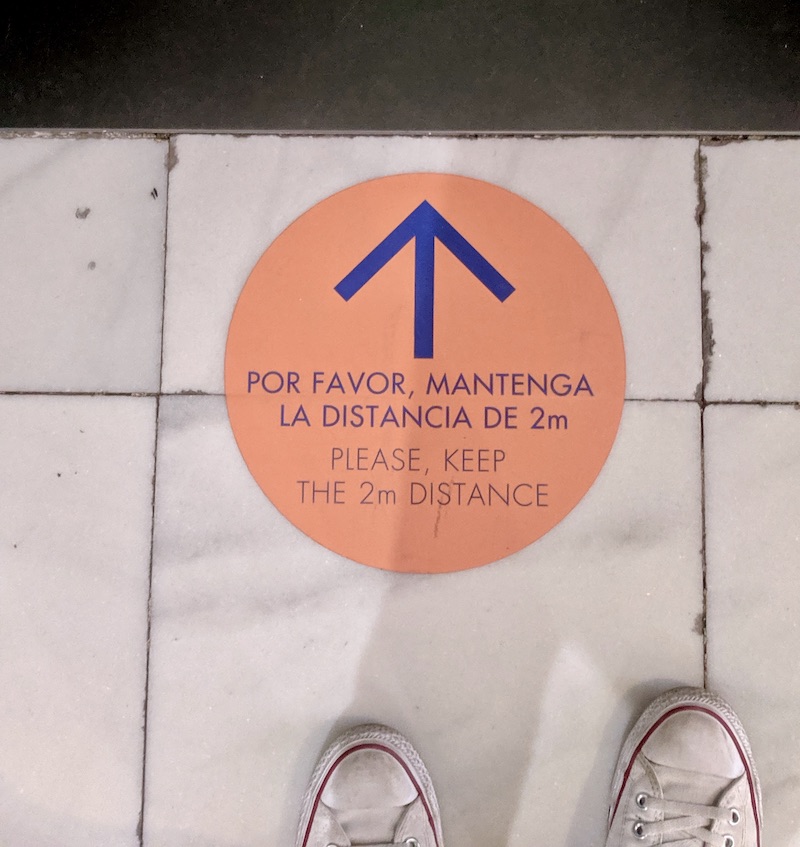
Climbing the stairs of the Lavapiés metro station and making my way down Calle Argumosa on a sunny summer evening, I notice Madrid’s resilience manifesting itself in the form of friends gathering and enjoying a caña on a terraza. The happiness and laughter emanating from the streets is contagious, and with every step I take towards Reina Sofía, I feel my anticipation rise. This is my first visit to a museum since the start of the lockdown, and I was beyond excited to take it all in again.
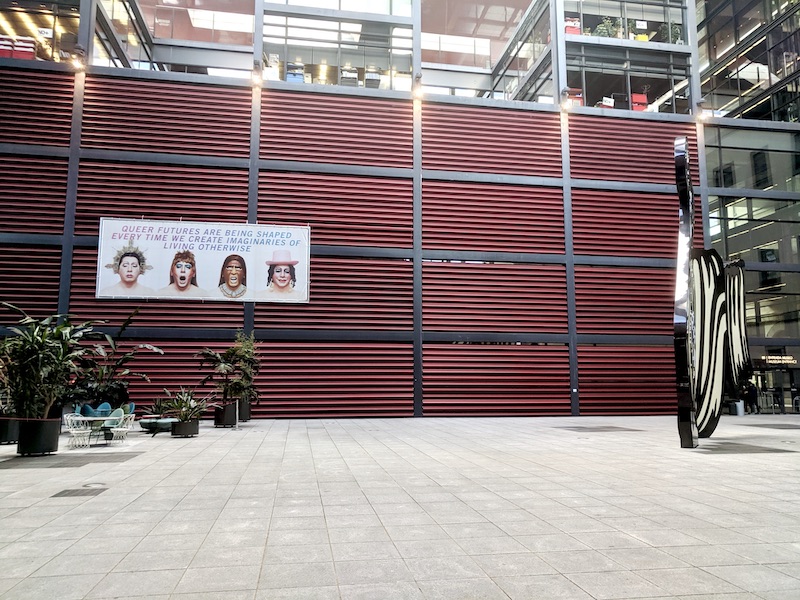
I enter through the back entrance of the museum, encountering absolutely no one until I go through the customary security check and then am let in through to the exhibits. I was surprised to not undergo any more safety checks. Cova had reported that at the Prado, each visitor’s temperature was taken using a scanner before being allowed to enter the museum. “It gave me a greater sense of security, it kind of felt like going through an airport,” she tells me.
The lack of heightened checks at Reina Sofia may have concerned me had it not taken me passing by several rooms before encountering another visitor. I’m also reassured by signs indicating the safety precautions taken by the museum and the constant reminder to maintain two meters of distance from an apparently imaginary visitor who’s in proximity.
I pass through several rooms of a temporary Jorg Immendorf exhibit that was unfortunately ending the very same day. The silence and emptiness allow me to flow through the rooms in a more natural way, not having to worry about bumping into someone or taking too long in front of a painting. Cova has warned me of this but it still feels uniquely unfamiliar: “Your relationship with the art definitely changes. There’s less art and more space, so you’re able to take a few extra minutes in front of each painting.”
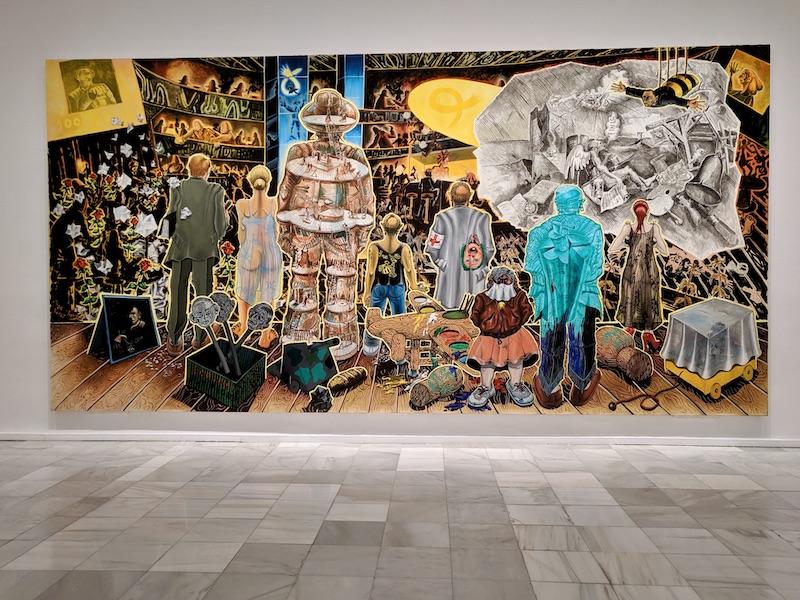
I start to get used to viewing art in this setting, comparing it to the usual experience of zig-zagging my way through a guided tour group to get a better view of Picasso’s Guernica. In fact, the room where I encounter the most people is the one that exhibits the Guernica, but even that room has only around 20 people in it.
As vast sections of the museums remain closed (only the first and second floor of Reina Sofía is open to the public, whereas only approximately a third of the Prado is open), many of the main pieces of the permanent exhibitions have been moved to be included in the smaller space. This has both positive and negative effects on the museum experience.
“You’re able to see most of the main showpieces of the Prado in a few hours and you don’t have to walk as much whereas normally you’d have to spend all day to see them,” says Cova. “But it also slightly takes away from the experience. The way the art works were positioned before had a logical, historical and artistic flow to it. Now it’s all kind of mixed up.”
As an example, Cova mentions how El Bosco’s The Garden of Earthly Delight, the Table of the Seven Deadly Sins and other works were previously all situated in one room. Now, the Table of the Seven Deadly Sins is placed in a hallway and The Garden of Earthly Delights is not even exhibited.
Cova gives another example: “Earlier, when you would see Goya’s paintings, you would first see the paintings depicting battle scenes, then you’d walk into a dark room where you would see the 14 Black Paintings that were taken from the walls of his house. Now, only three of those paintings are exhibited and are spread around in random rooms with paintings that have nothing to do with the theme. It takes away from the effect that walking into the darkened room has, and changes the atmosphere entirely.”
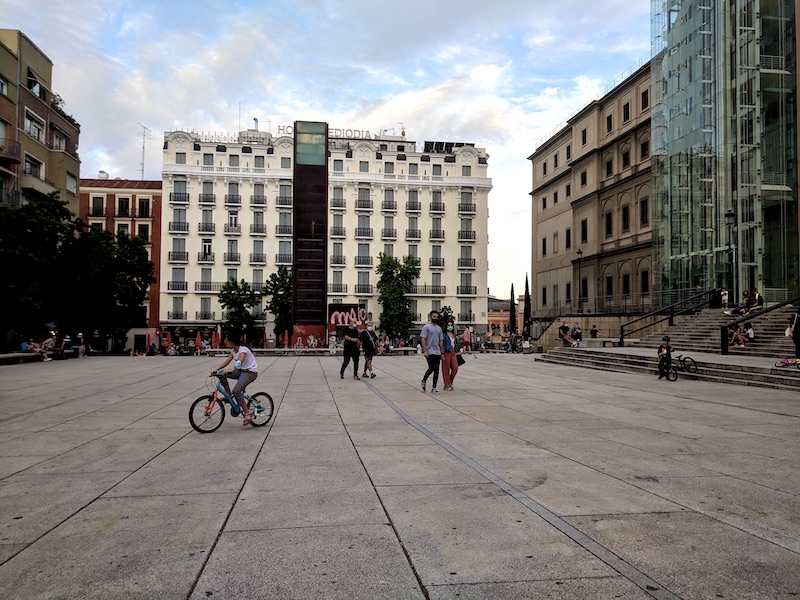
I complete my visit to Reina Sofia at the exact time that the museum closes. Two hours is all it took to view all that’s displayed. As we are ushered out, I sit down on a step in Plaza de Juan Goytisolo in front of the museum, trying to take it all in. The pinkish blue sunset sky with its white wispy clouds remind me of a Magritte painting. It serves as the perfect backdrop to Madrid’s bubbling life; young children playing and cycling, abuelos having a drink at the terraza and a few young boys practicing parkour.
Madrid feels alive again. I’m extremely grateful for this experience, and would absolutely recommend visiting the museums, especially while Madrid’s treasures are solely for Madrid’s residents, before the city is overrun with tourists once again.

